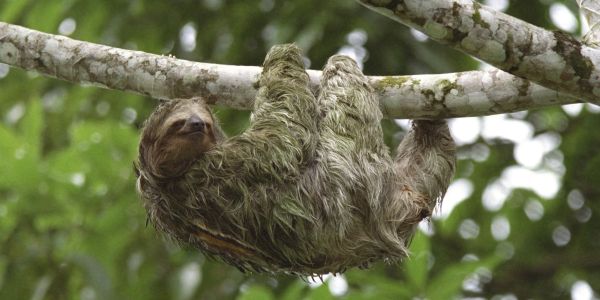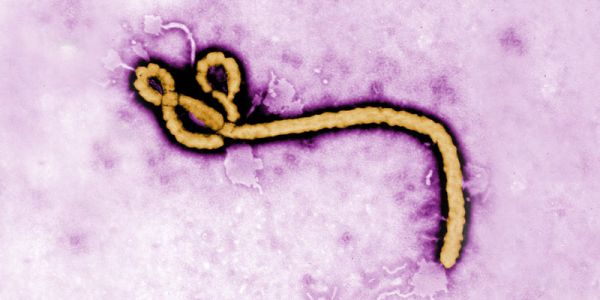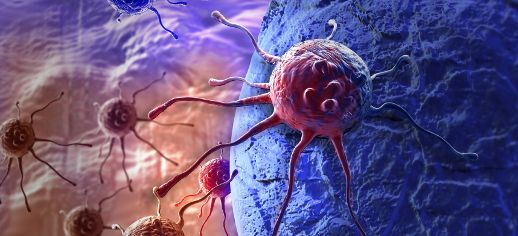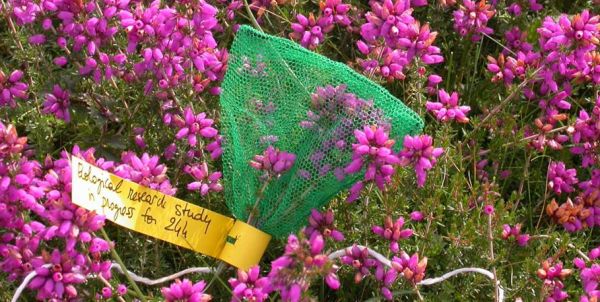
Public festival explores science through art, comedy and debate
Returning for its 11th year, the Leeds Festival of Science will feature stand-up comedy, engaging debates and a world-record colouring challenge.

Returning for its 11th year, the Leeds Festival of Science will feature stand-up comedy, engaging debates and a world-record colouring challenge.

The healthcare company Roche has acquired the intellectual property and technology of the Leeds Virtual Microscope (LVM), an innovative system designed to help pathologists making cancer diagnoses.

The family tree of the largest group of mammals—those that nourish their young with placentas—divided later than scientists previously thought, according to a new study.

University announces the issue of £250m 3.125% bonds due 2050

Scientists at the University of Leeds will run the equivalent of password cracking software to find the chemical keys to defeating the Ebola virus.

New research has identified the benefits of taking things into your own hands and starting a worker co-operative.

The White Rose University Consortium has established a Brussels office as part of a long-term strategy to influence EU research policy.

A new test could help patients with advanced bowel cancer get the best treatment for their disease.

The University of Leeds is a partner in a new research project to improve our understanding of rainfall and flood predictions in Scotland.

The first Britain-wide assessment of the value of wild flowers as food for pollinators shows that decreasing resources mirror the decline of pollinating insects.